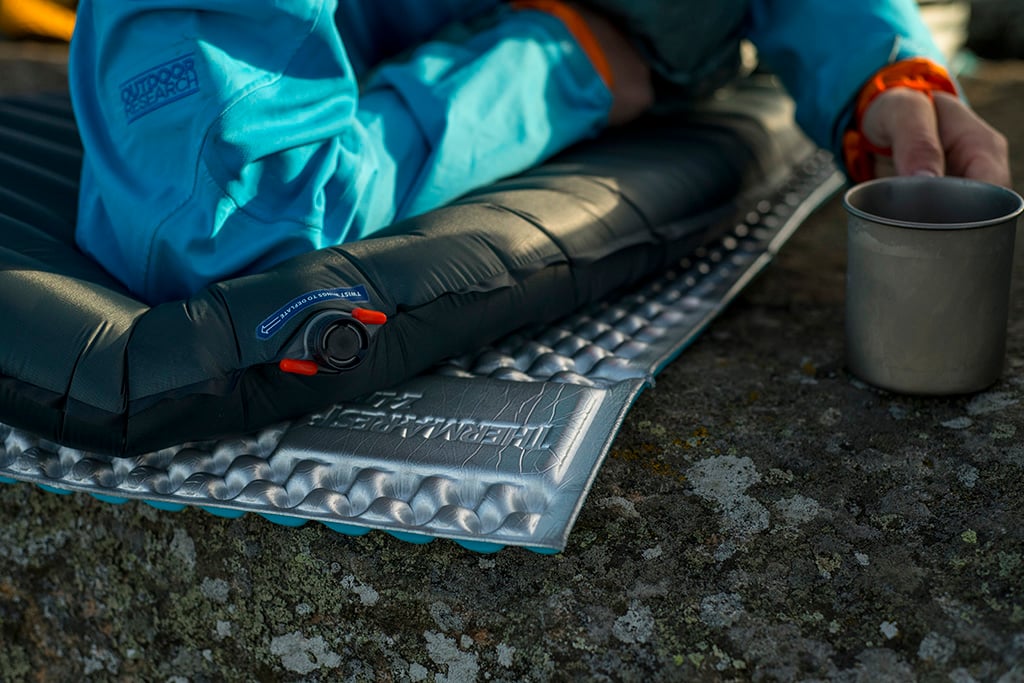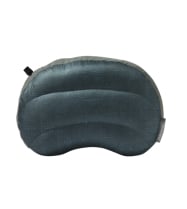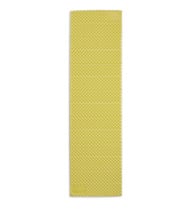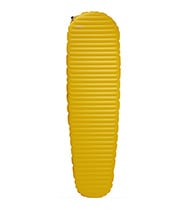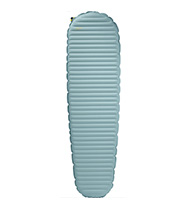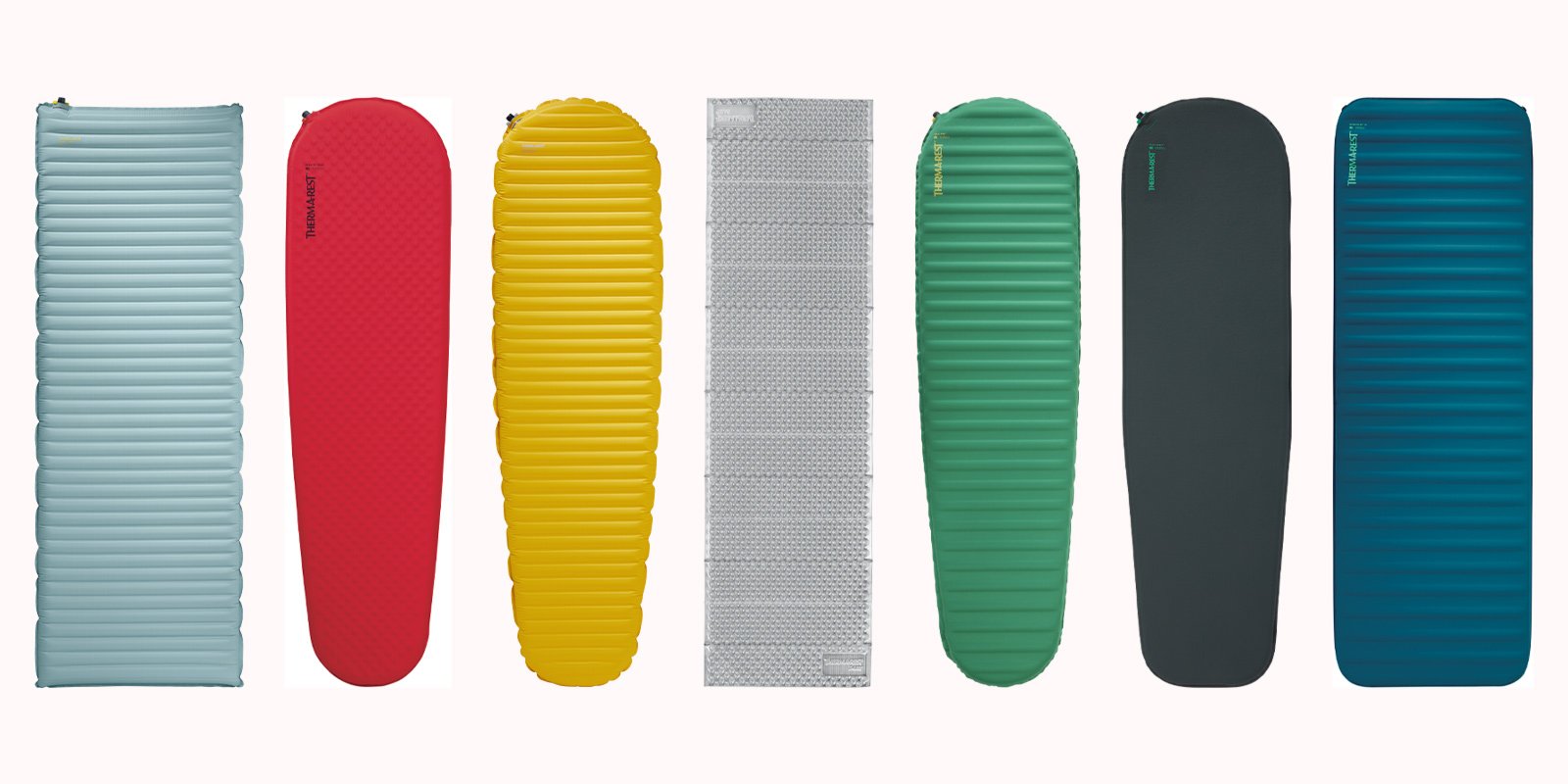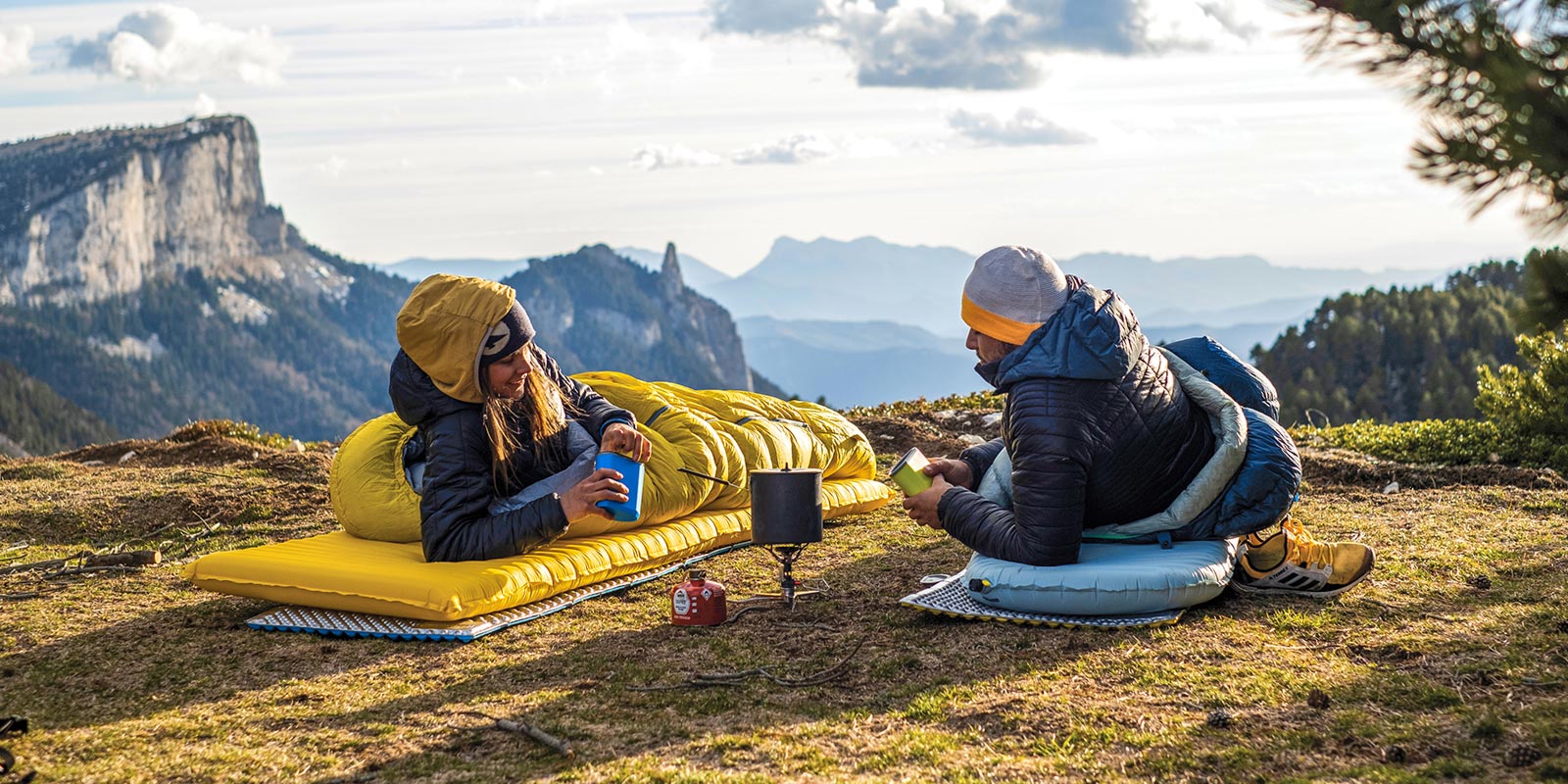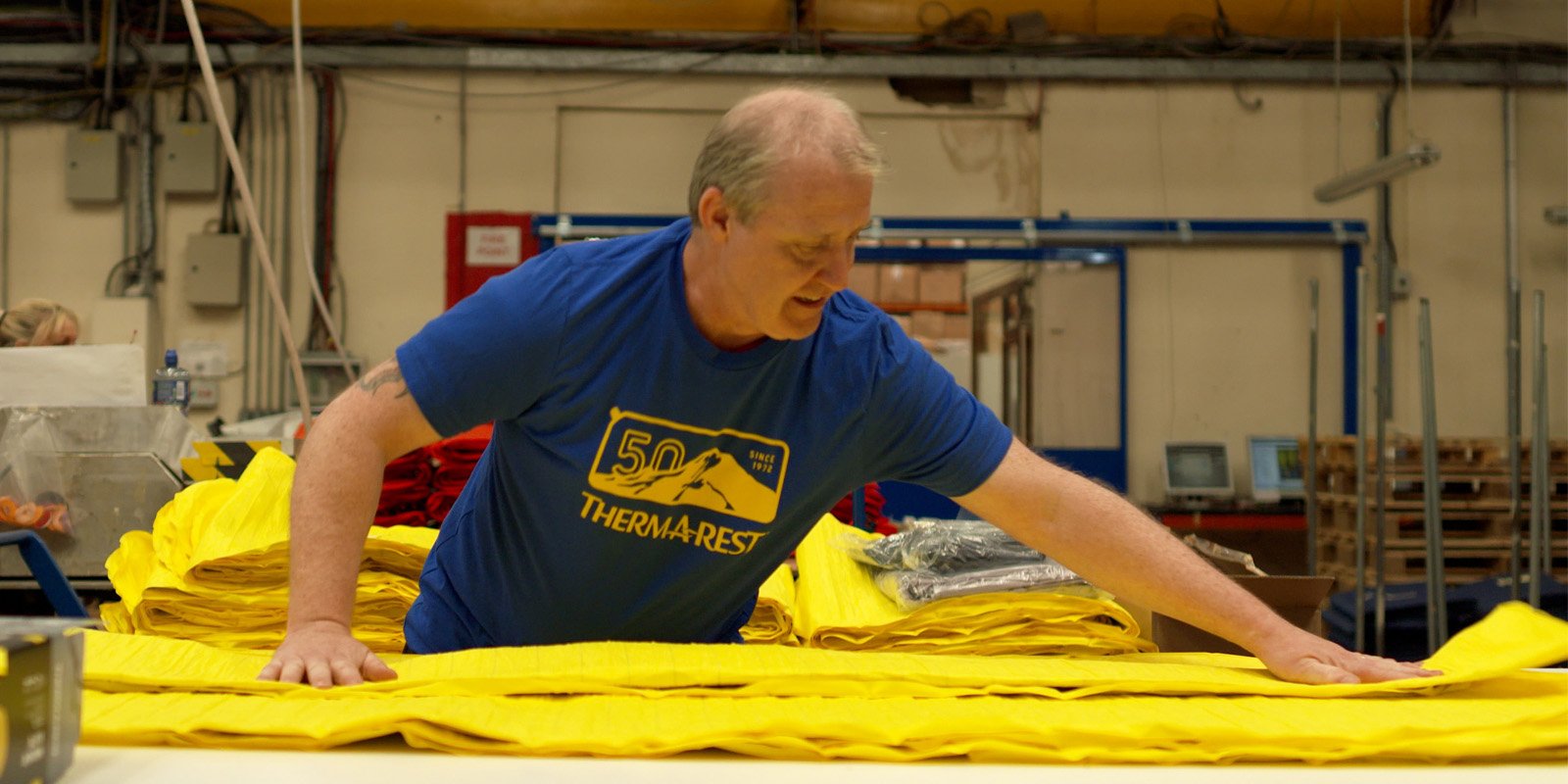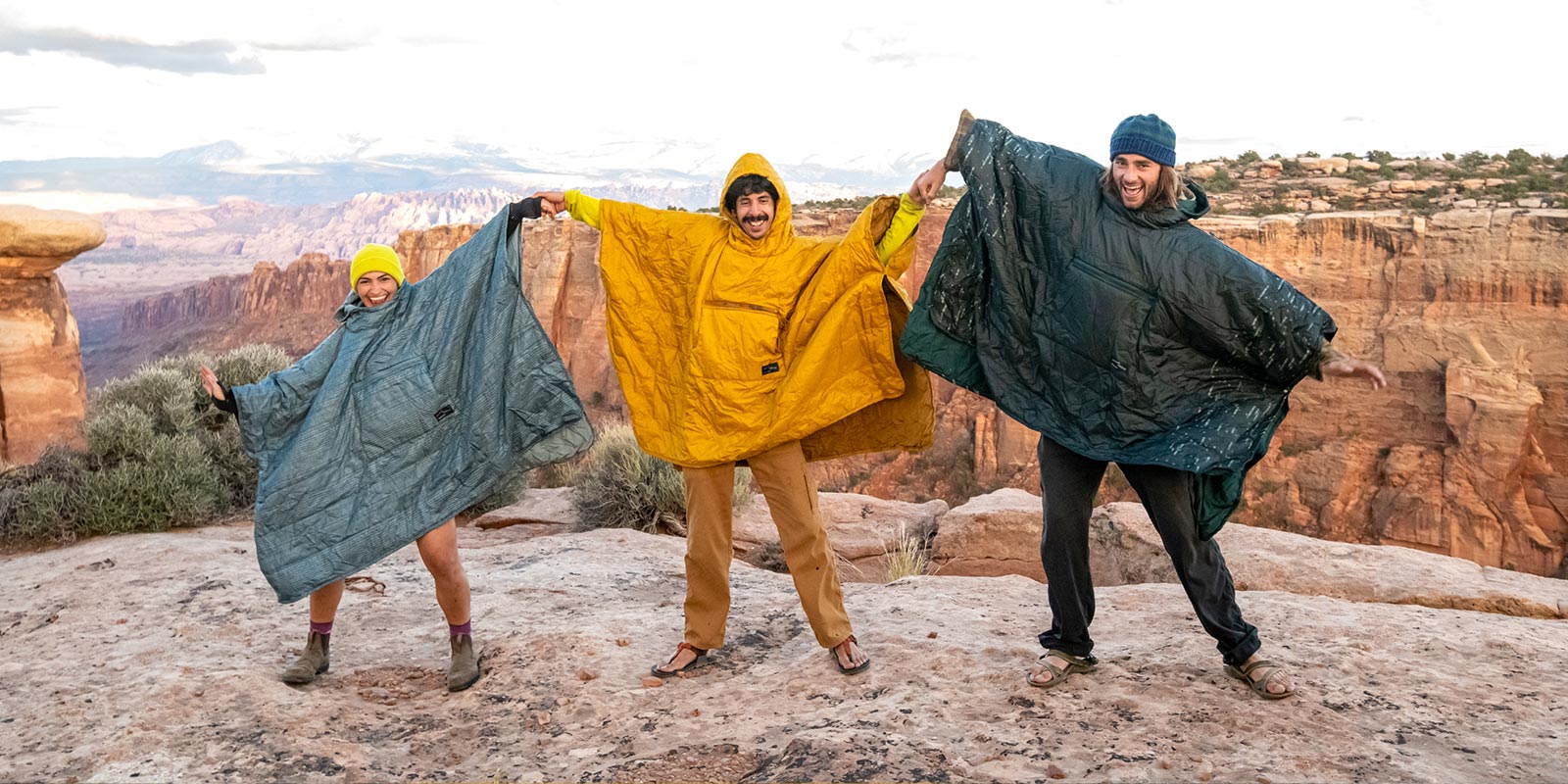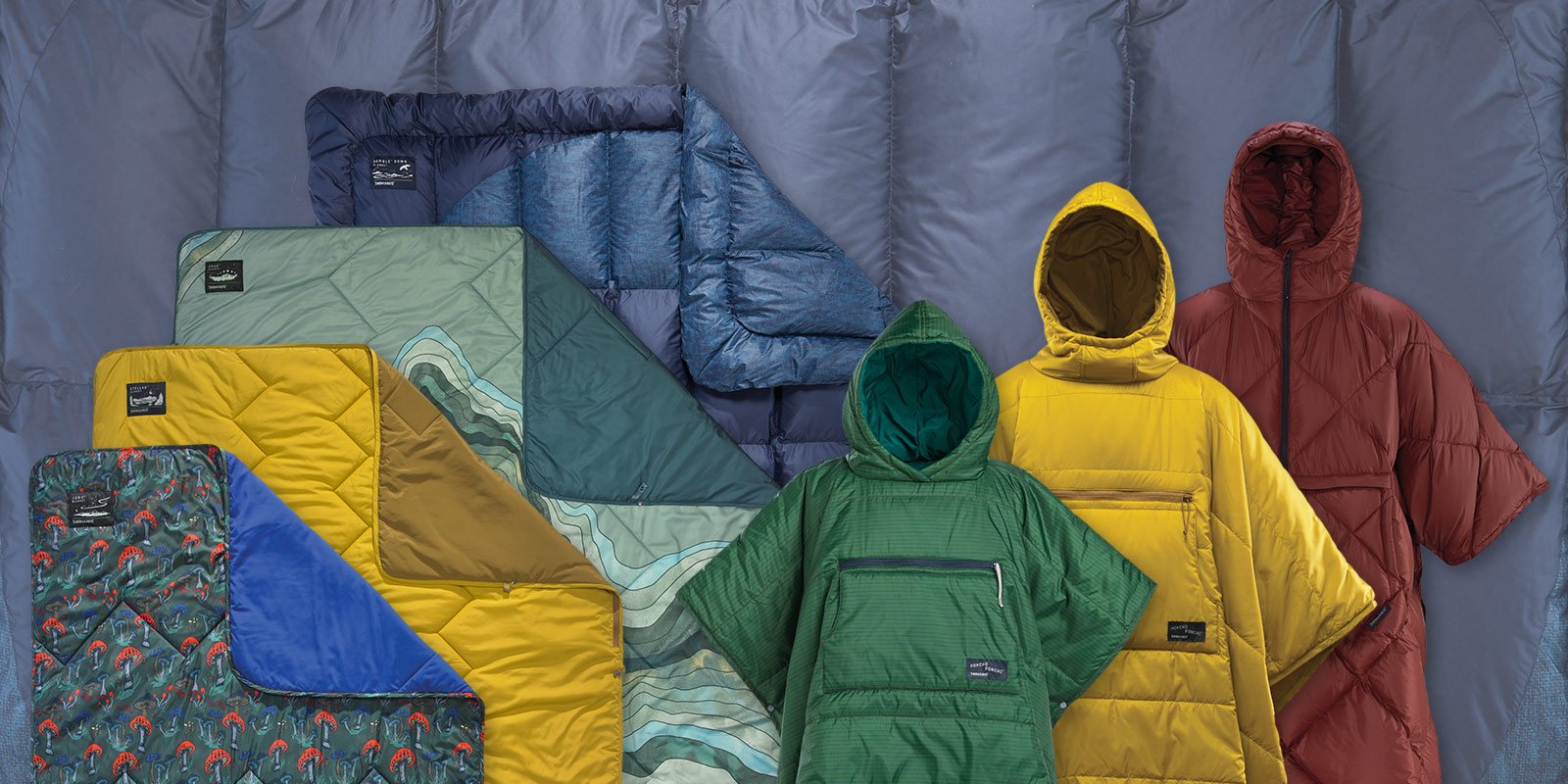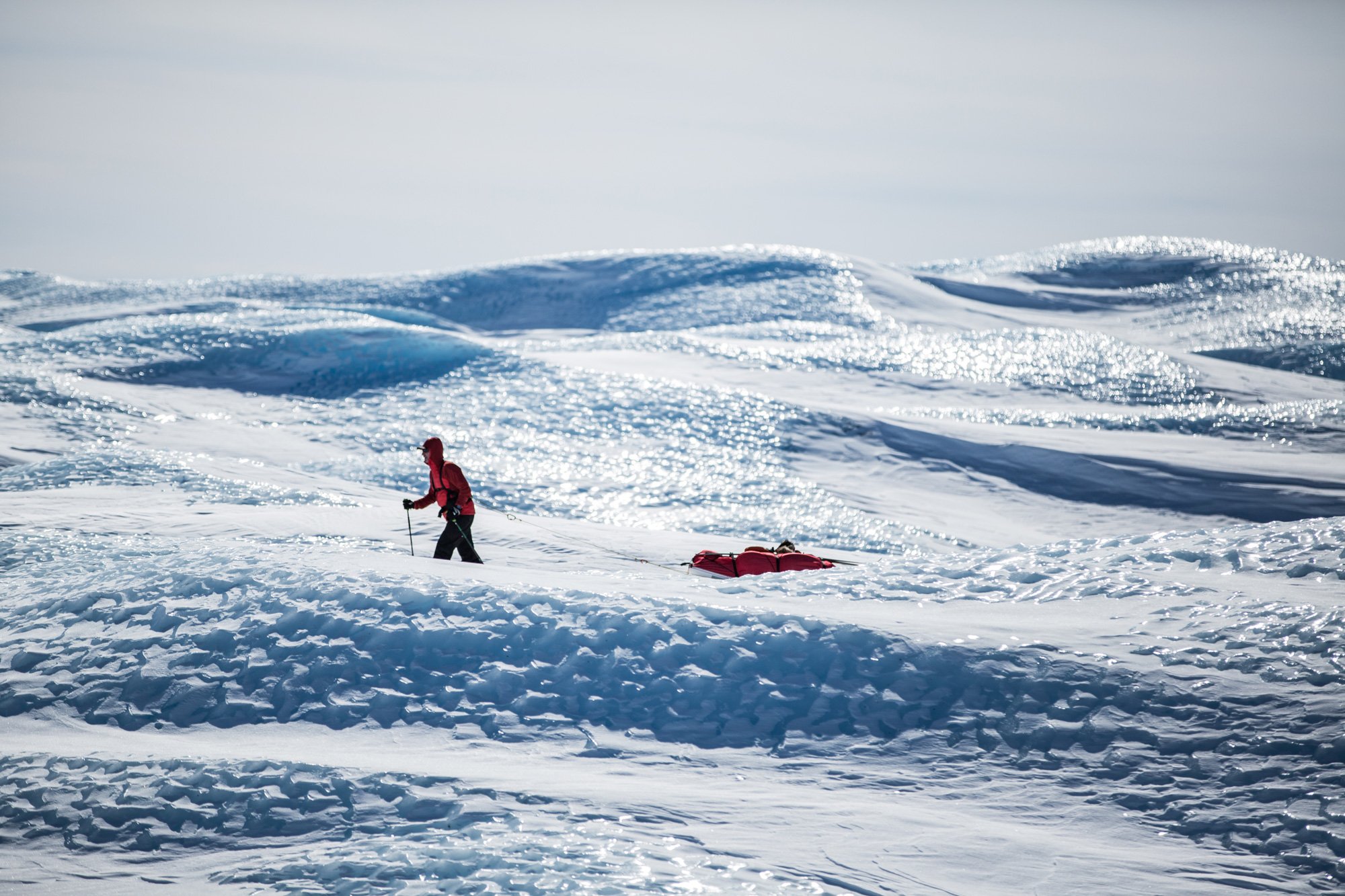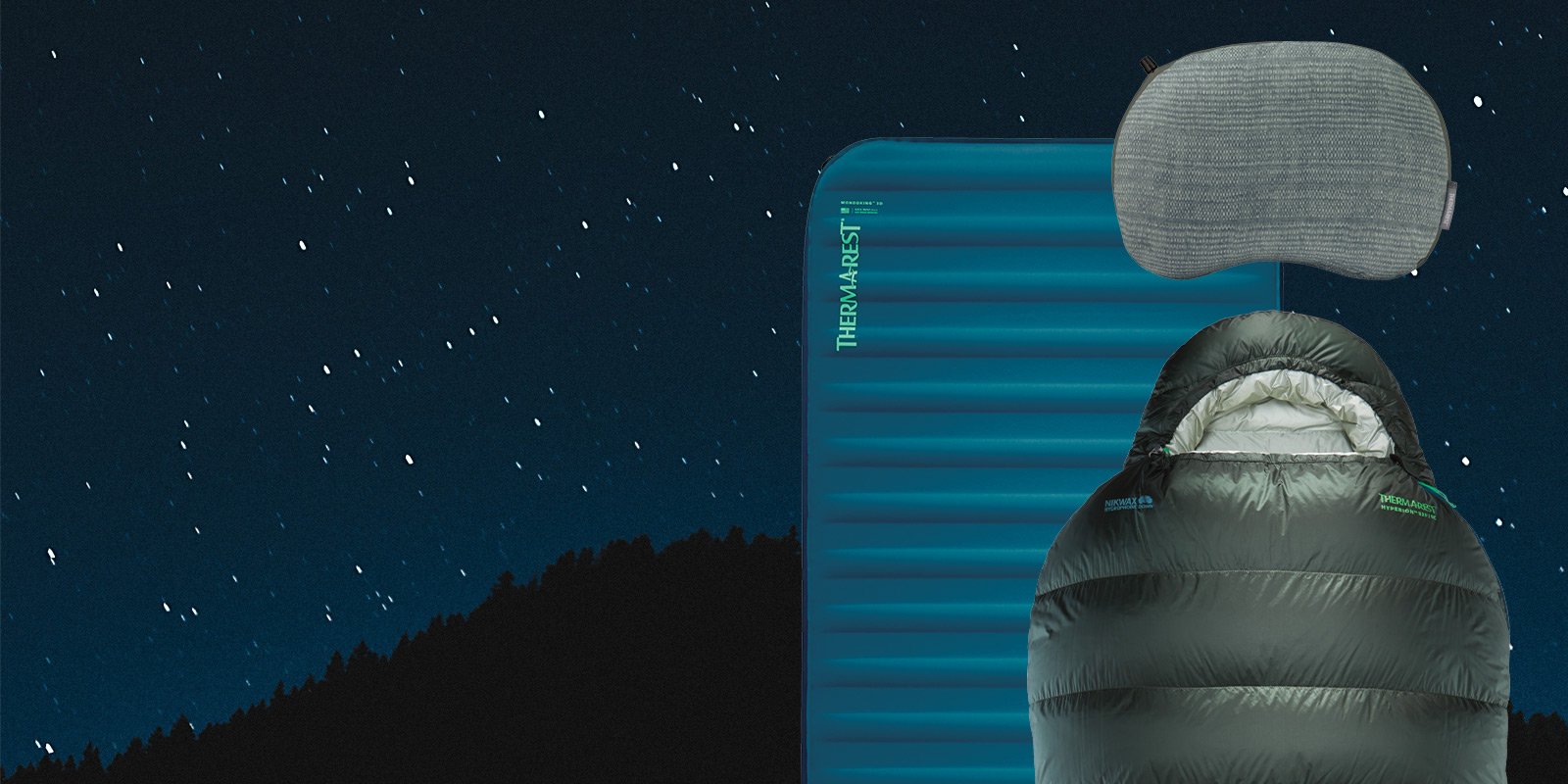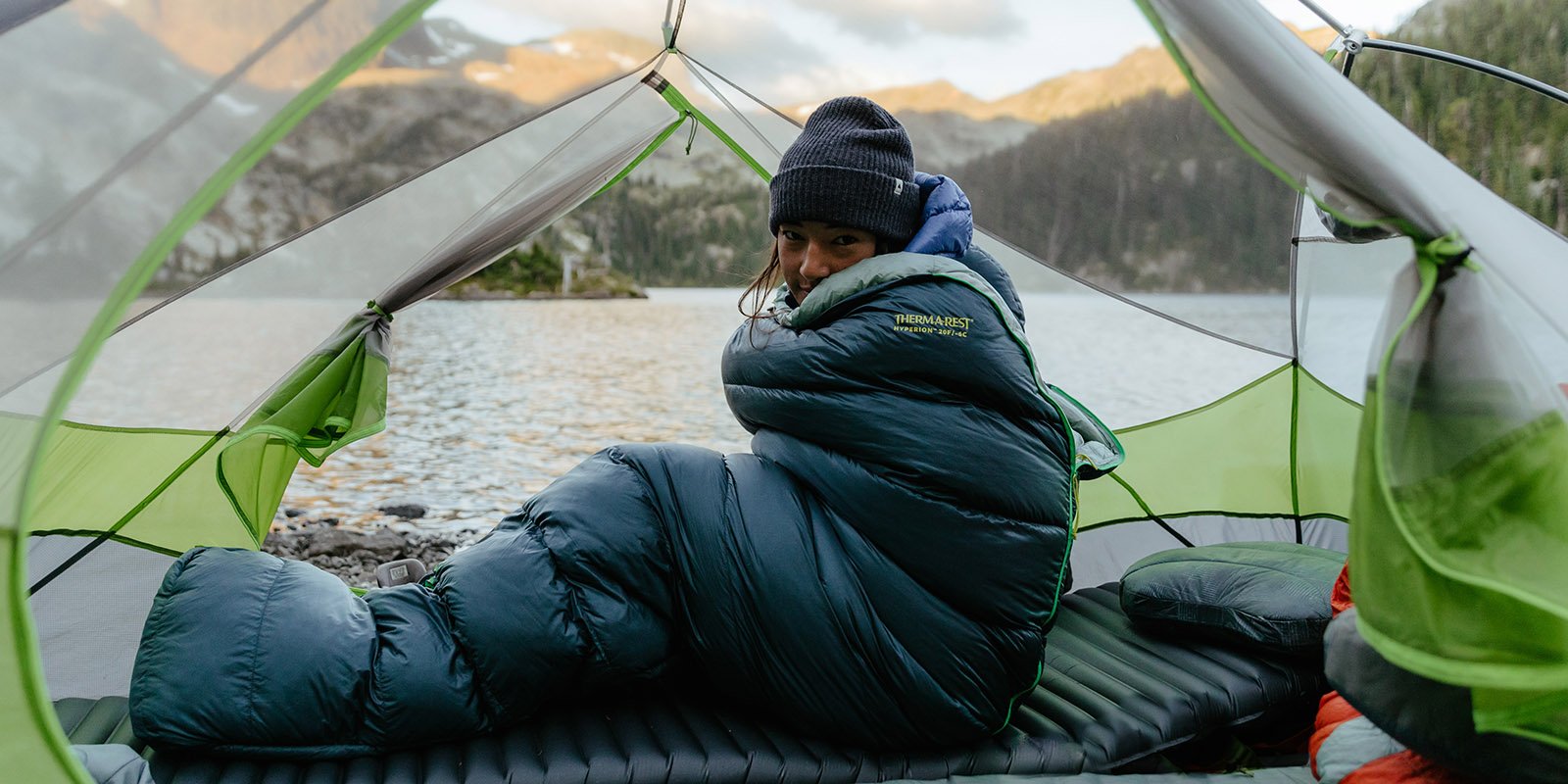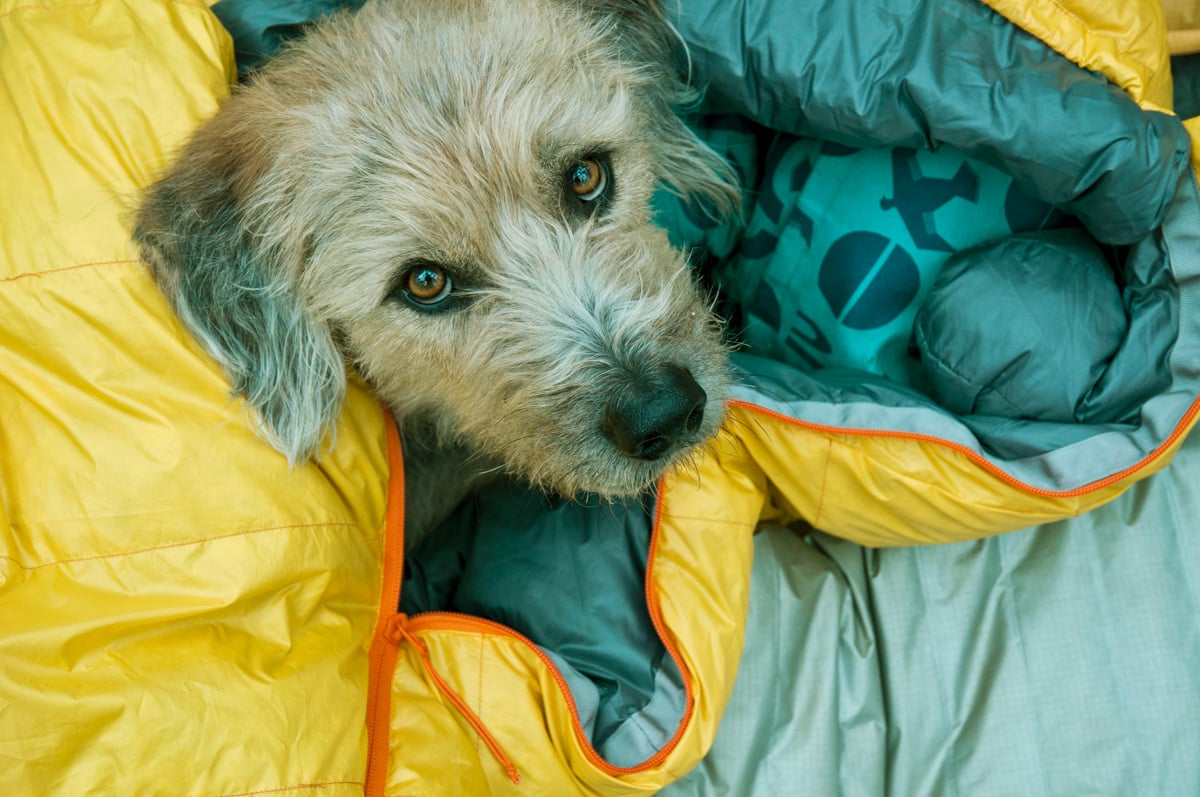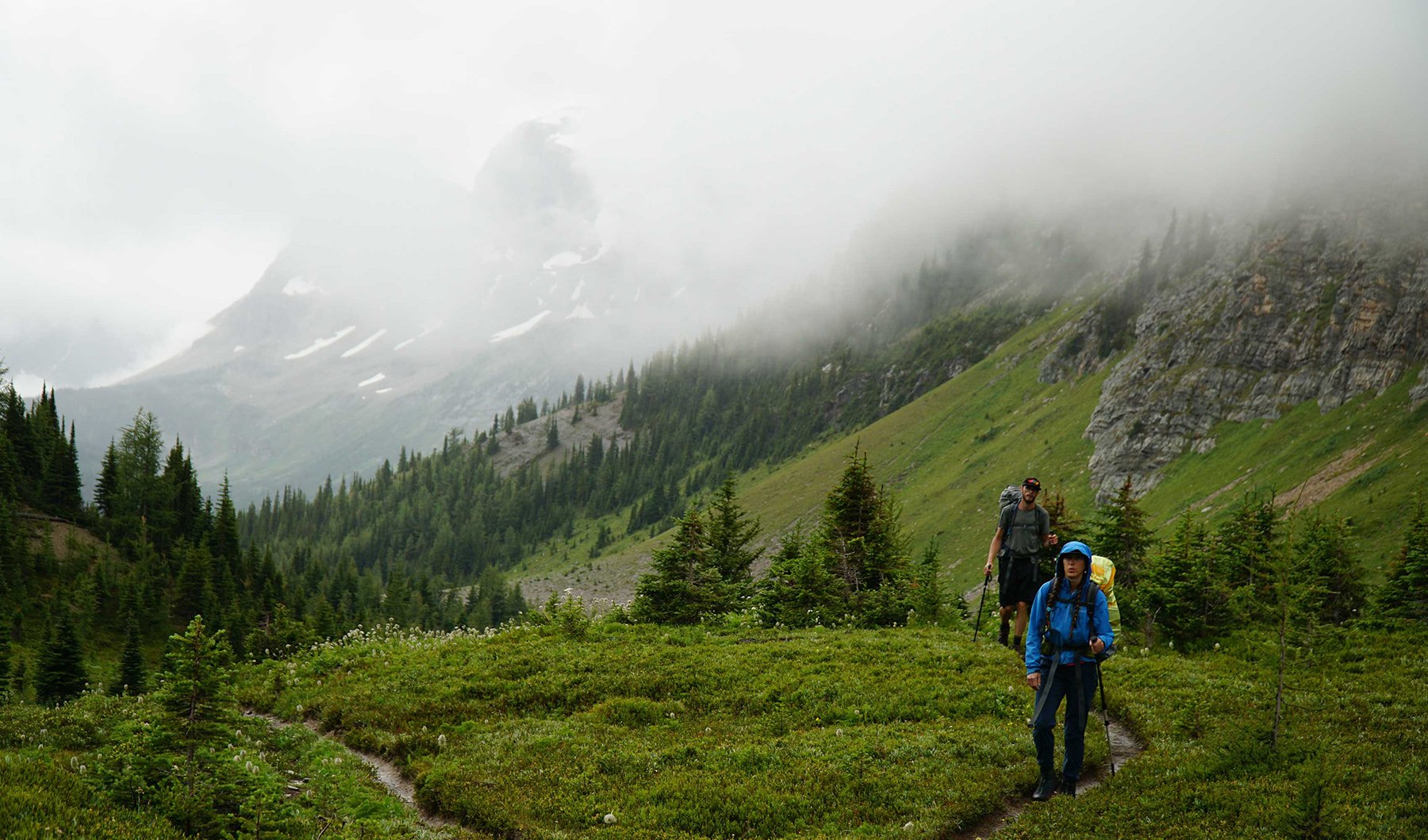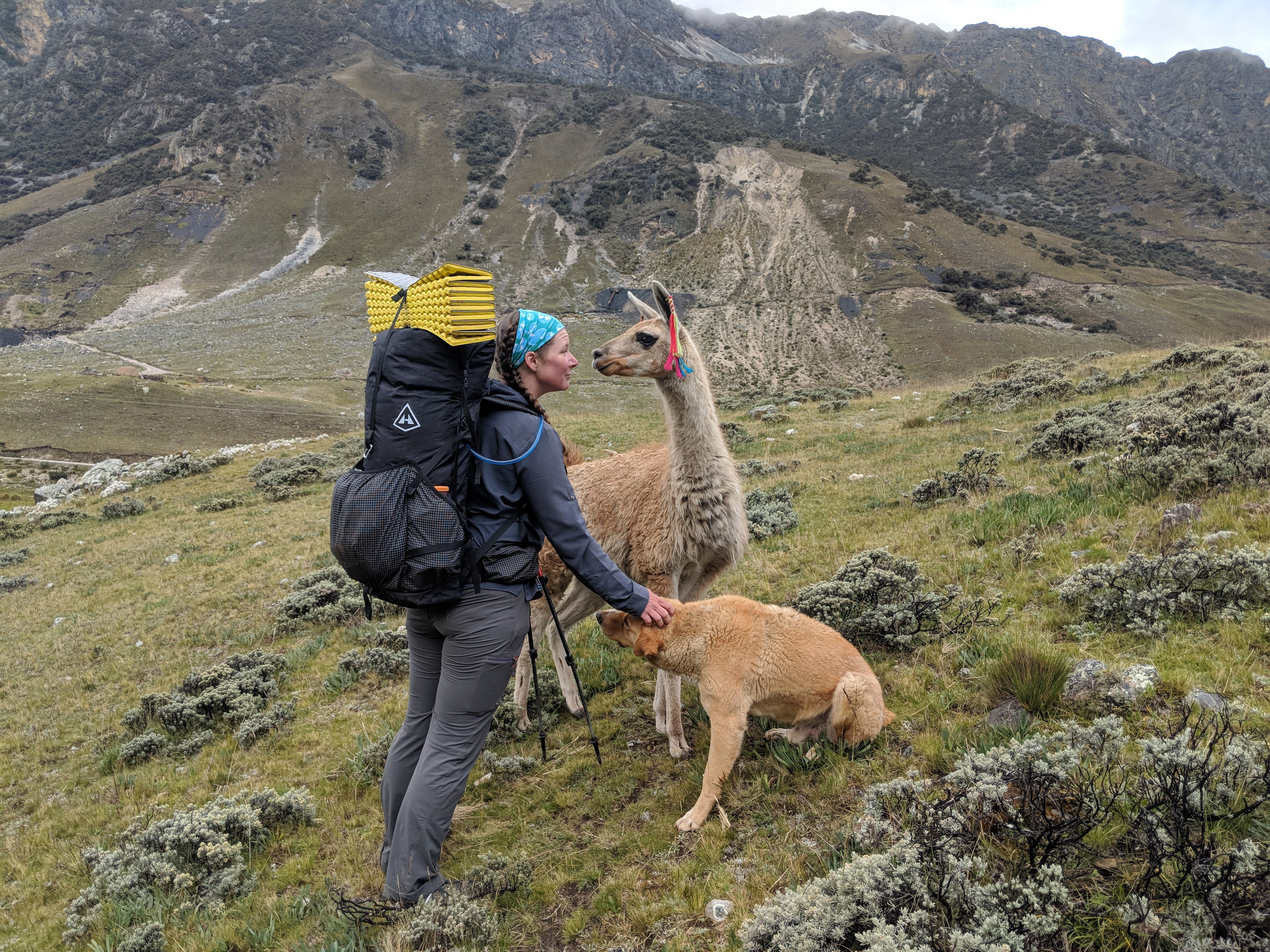The value of selecting and packing the right gear is known by everyone that has spent significant time in the backcountry. Ask a thru-hiker or alpinist what they carry in their pack and they will be able to tell you with pinpoint accuracy about every single item for a given objective. Those same mountain athletes will tell you that the key is a versatile gear closet with options that suit specific needs. Our gear closets are full of boots, packs, stoves and sleeping bags, but all too often sleeping pads are overlooked. In fact, in some cases, an extra sleeping pad option could provide the added warmth you need to extend the sleeping bag you have into that colder weather window for a shoulder season trip. Let’s discuss.
3 Benefits of Multiple Sleeping Pads
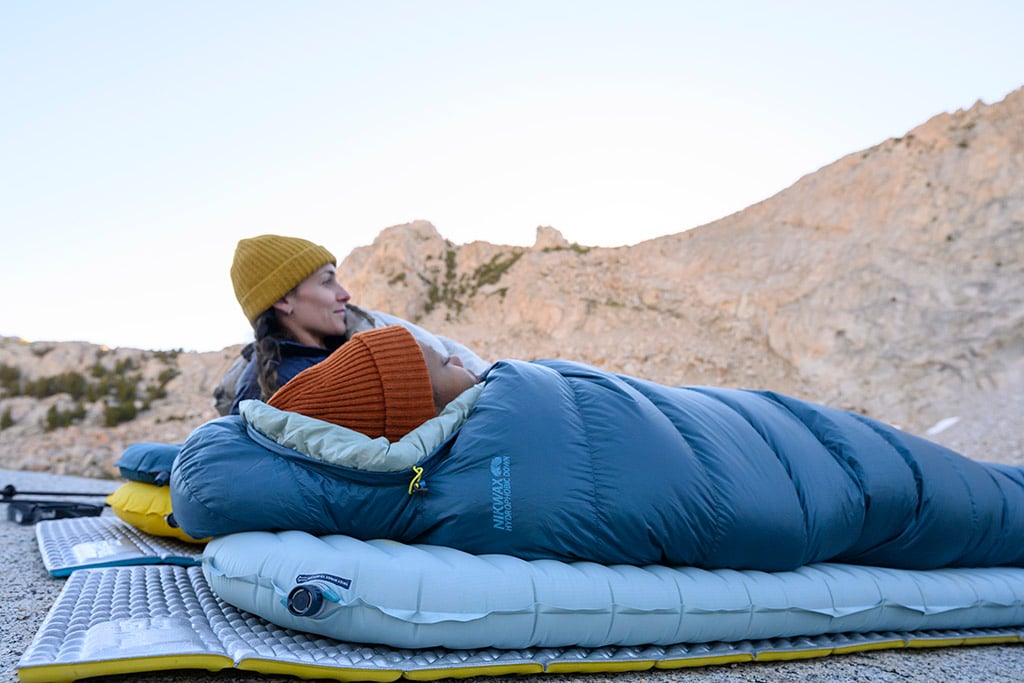
1. A Sleeping Pad For Each Activity
The first reason you should consider adding a pad to your camping quiver is to mirror the needs of your activities. An ultralight backpacking pad isn’t the ideal setup for a weekend of climbing and car camping. A luxurious and thick foam pad also isn’t what you want to bring for a long-distance backpacking trip. Bring the right tool for the task ahead.
We divide our sleeping pads into three series: Fast & Light, Trek & Travel and Camp & Comfort.
Our Fast & Light sleeping pads are our lightest sleeping pads built for pursuing objectives where a lighter pack and warmer night are mission-critical. On the other end of the spectrum, our Camp & Comfort line sacrifices some packability and weight to provide some of the comfiest, thickest and warmest pads in our line. Finally, our Trek & Travel sleeping pads balance a small pack size with luxurious camp comfort.
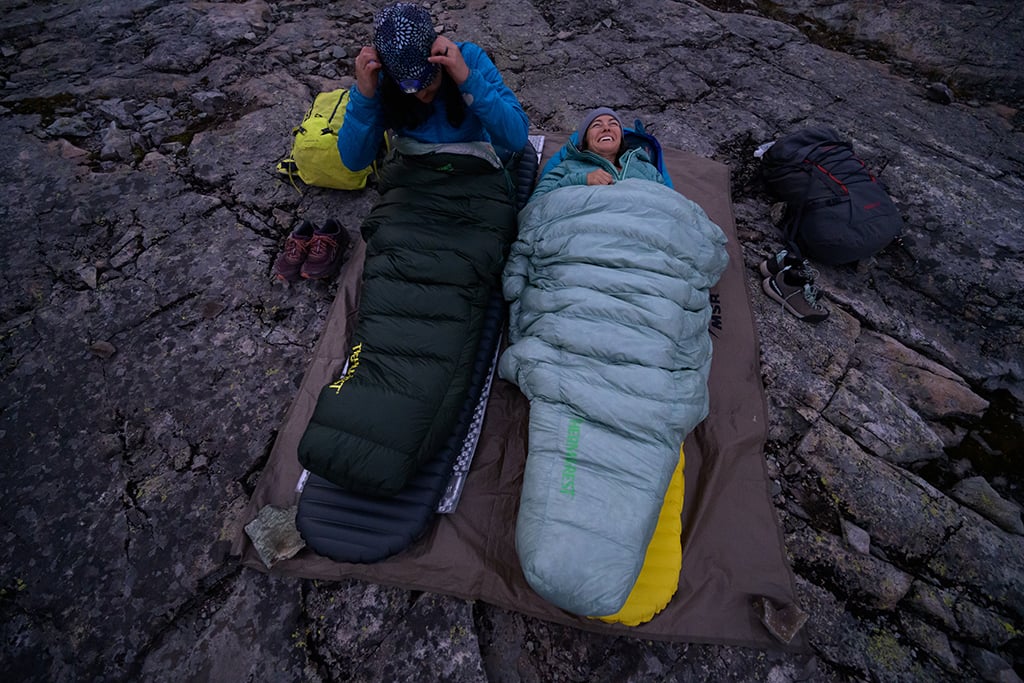
2. A Sleeping Pad for Each Season
Similar to your sleeping bag, an appropriate temperature rating can go a long way to providing a better time outside, not only at camp but also on the trail.
All sleeping pads use an R-value to measure their ability to insulate and resist the cold. The higher the R-value, the warmer the pad. With that in mind, choosing a sleeping pad should be just as intuitive as choosing your sleeping bag or quilt.
During cold weather, using a warm-weather pad can leave you shivering as the cold ground can sap your energy and pass straight through the compressed down of your sleeping bag. A properly insulated pad solves this when the temperature drops. During summer months, many campers still use an insulated pad, but packing a less insulated pad could save you some weight and from overheating at night.

3. A Sleeping Pad That’s Versatile
The final advantage of multiple pads is the versatility of your sleep system. From sleep surfaces to temperatures, to packing, different pads can fulfill different needs. Sometimes, they can even combine to fulfill a whole new set of needs.
One of our favorite and most versatile pieces of gear is our Z Lite SOL sleeping pad. The closed-cell foam makes it easy to use around camp and creates a great protective layer under your self-inflating or air pad. It easily packs outside of your pack, bike or boat. Perhaps the biggest benefit is the boost in warmth by increasing the R-value of the entire system. Use it alone or as part of a system, it’s a lightweight and inexpensive addition to your gear closet.
If you need some guidance on which pad will best suit your camping needs, head over to our Sleeping Pad Finder for a curated list of pads built for your adventures.
Related Posts:
- How to Choose the Right Size & Shape Sleeping Pad
- The Ultimate Guide to Therm-a-Rest Sleeping Pads
- Therm-A-Rest Sleeping Pad R-Value Rankings
Updated. Originally Published June 23, 2018.
